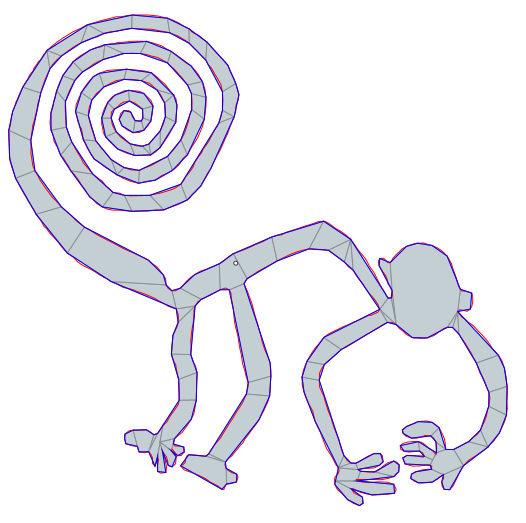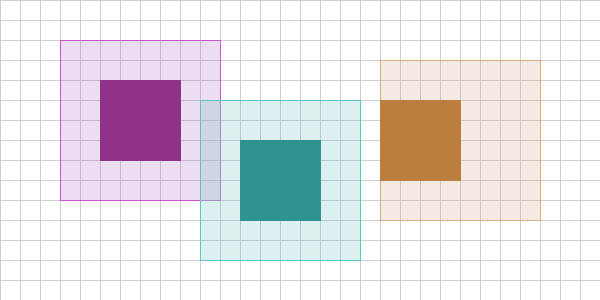Latest Blog Posts
Simple Polygon Simplification
When simulating physical interaction between objects, there are many tradeoffs used to keep performance acceptable for realtime scenarios. The geometry of an object, or it’s shape, is no exception. To accelerate calculations, collision detection systems will enforce rules about what types of shapes are supported - a key example is Convexity. Not all objects are convex, and you might even argue that most aren’t, but we can combine these convex pieces to create non-convex objects.
A Faster Broadphase in dyn4j 4.0.0
Version 4.0.0 had a lot of changes to the API to support better extensibility, testability, and maintainability, but the biggest change was the 30-40% improvement in performance. This type of of performance gain is huge and a boon for sure for all those using the library - but just how was it done?
WordPress to GitHub Pages
In my last post where I talked about the reasons for moving the dyn4j site to GitHub Pages and off of WordPress, I mentioned another post to describe the technical details of the move - this is it! Seriously though, it wasn’t trivial, but that’s in part due to some self-imposed (inflicted?) constraints.


